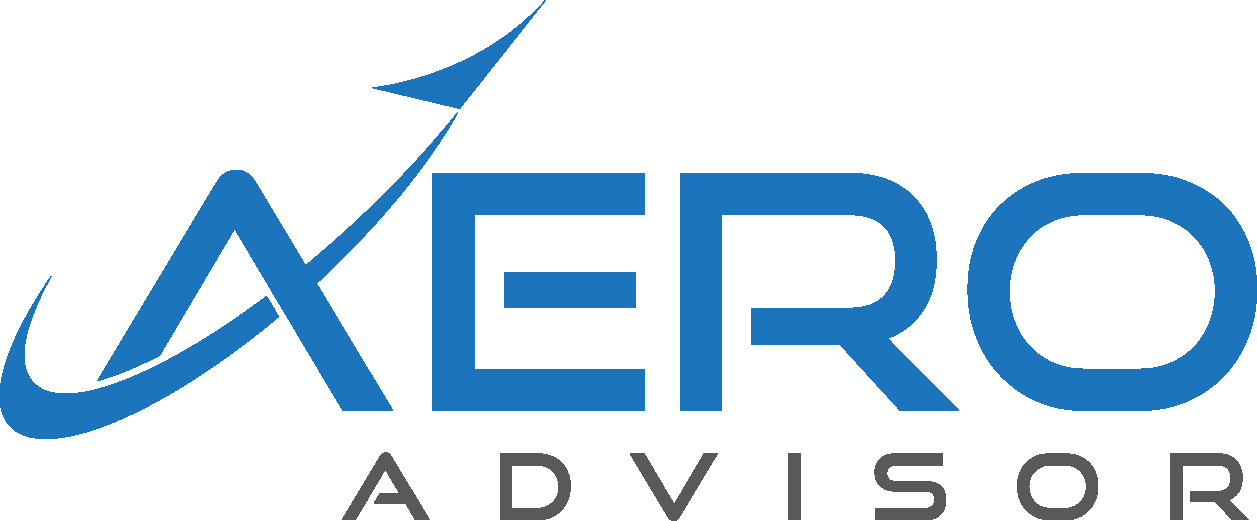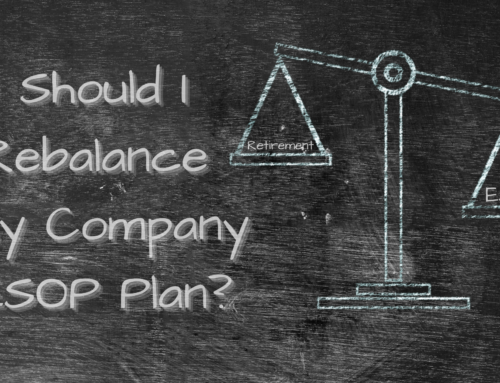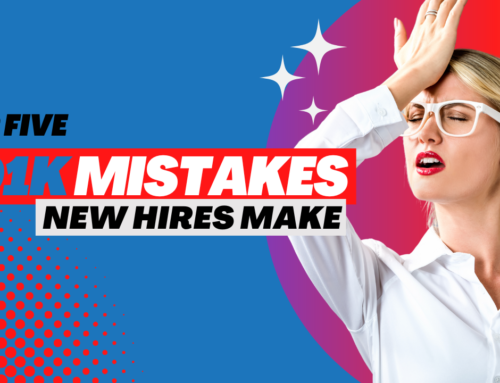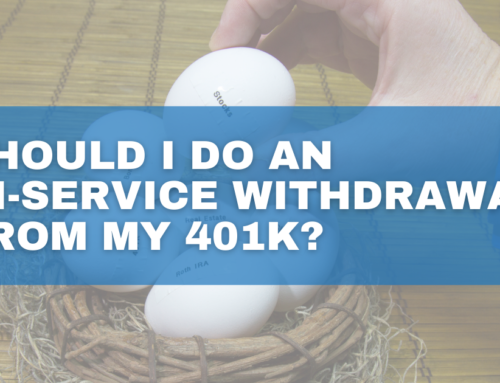No one likes baggage. And you definitely don’t like baggage that keeps sending you a reminder every month that you left that old 401k at your old job. So what should you do with your 401k that you left behind at your previous employer?
You do have a few options, but first I’d also like to point out that we are discussing your vested dollars – or in other words, dollars that you have contributed from your paychecks yourself. It also might include funds that your company added to your 401k through a matching program. These funds might be yours to take with you depending on how long you might have worked for your company (this is called vesting). This can vary from 401k to 401k.
Let’s get into your options.
Leave your old 401k at your previous employer
The first option we will discuss is doing nothing. You can leave your 401k money at your old employer. It will stay invested in whatever funds you have picked out (or the plan picked out for you when you started). You can manage the investments just like you were able to do before but are restricted to whatever funds your old employer makes available to you.
You can’t contribute any additional dollars into the plan and depending on the amount of money you have in the 401k, they might be able to force you to move it. Make sure to check with your previous HR department to see if there will be an increase in the administration fees to maintain the account since you no longer work there.
Move your old 401k to your Lockheed plan

Don’t make decisions without doing this pose first.
You can rollover your old 401k dollars to your Lockheed plan at Voya (or Empower depending on when you are reading this) You will have to sell all the investments in your old plan and rollover the cash proceeds to your new plan. Then you’ll have to pick out what investments to use in your new plan once the funds have been sent.
This is not a taxable event, and moving your old 401k to your new employer might keep things a little more simple. Just make sure to keep a copy of your last statement. You’ll want to make sure pre-tax and after-tax dollars are kept that way after you move it to your new plan.
Rollover your old 401k to a traditional IRA
Another option is rolling over your old 401k to a traditional IRA in your name. These can be opened on many online brokerage firms (E*TRADE, Scottrade, Fidelity, Vanguard, etc.) or with a financial advisor. If you have an IRA already open, you can combine your old 401k into that account as well.
The benefit of using an IRA over just moving your money to your new employer’s plan is flexibility. Depending on where you open your traditional IRA account at, you will have a wide range of investment choices to pick from. These can include CD’s, stocks, mutual funds and many other types of investments with varying cost structures.
The fee for managing an IRA can vary greatly from company to company and from advisor to advisor. Check on the fees before you rollover your IRA, so you can determine what you are getting for paying that fee.
Make sure you do this rollover correctly. This is also not a taxable event, but you want to make sure you take the proper steps to make sure you don’t get hit with taxes or penalties for not rolling it over correctly. Your financial advisor should be familiar with this process and should be able to help you fill out paperwork.
Want to find out more about this process? CLICK HERE for more details on rollovers.
Cash out your old 401k
If you decide to cash out your old 401k, you most likely will get hit with taxes on the amount you take out (most likely this cash is all pre-tax, meaning it was taken out of your gross paycheck before taxes where taken out). You might also get hit with a 10% penalty tax if you remove funds from your retirement account before you are 59.5 years of age.
Cashing out that old 401k will not only make you take a hit from the tax man, but it can also be a big hit to your retirement plan. You definitely want to explore all other options before going this route.
Now that you know your options, it’s always a good idea to work with your financial advisor, along with your tax professional, to figure out which might be the best option for you. If you’d like some help, fill out the form below and I will contact you to help.
The opinions voiced in this material are for general information only. They are not intended to provide specific advice or recommendations for any individual, nor intended as tax advice. We suggest that you discuss your specific situation with a qualified tax or legal advisor.






